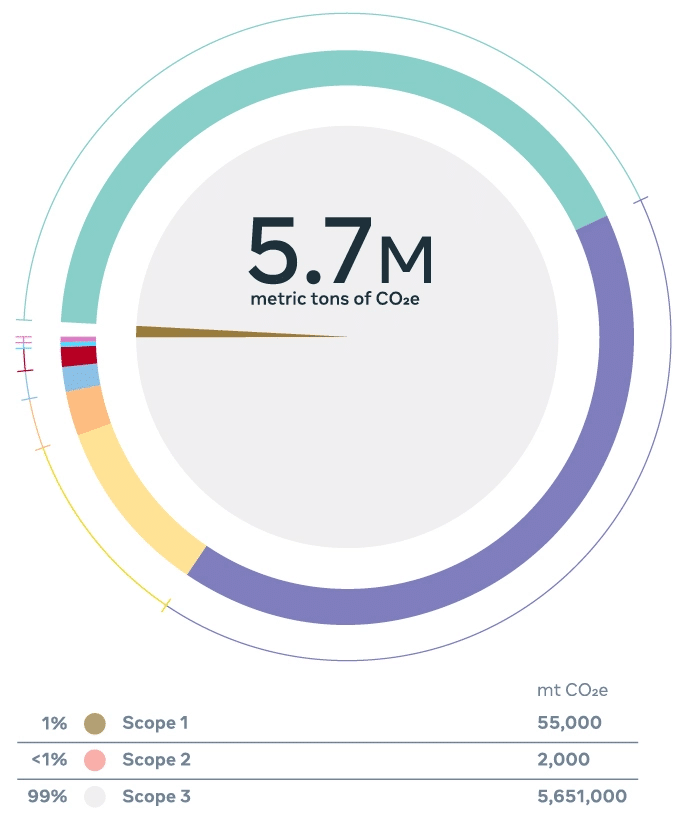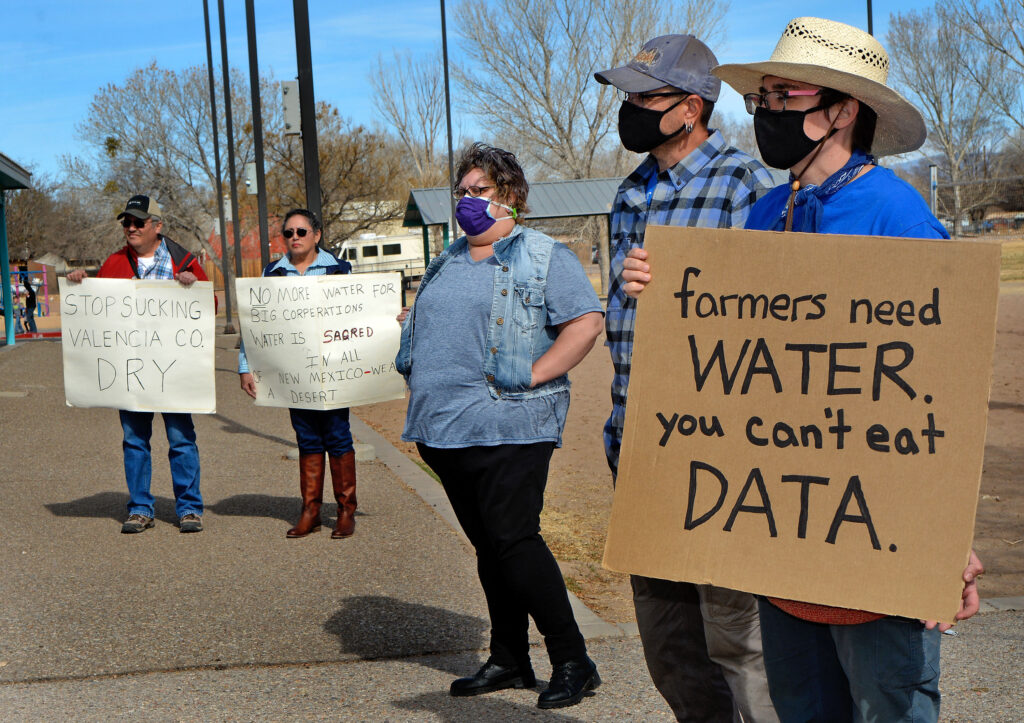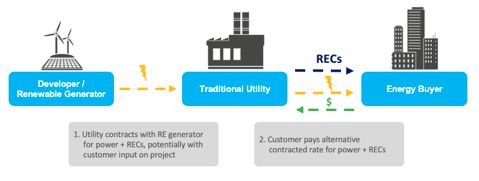Facebook’s Renewable Energy Progress: Is It Enough?
Tada Images / Shutterstock.com
27 February 2023 – by Eric Koons Comments (0)
Facebook’s use of renewable energy is a hot topic of discussion. While the company’s electricity consumption has increased more than threefold over the last five years, it reached net-zero operational greenhouse gas emissions in 2020. The company has been investing in several other sustainability initiatives with targets throughout the next decade.
Facebook’s Sustainability Progress
Although any true movement towards a climate-neutral business model should be worthy of attention, it can be challenging to understand which claims are truthful. Greenwashing and misinformation are still common practices in the corporate sustainability space. This is particularly prevalent in the oil and gas industry, which is commonly under fire from watchdog groups. For example, big oil knew about climate change for more than 40 years and kept it under wraps.
However, Facebook’s claims and initiatives appear to be more than just talk. It made a bold claim in 2018 that it would transition to net-zero in only two years, and it achieved it. In 2020, Facebook announced it could source 100% of its energy from renewable sources and reach net-zero emissions status for its direct global operations.

While this is a great starting point, it is not all-encompassing. Facebook’s net-zero status only includes direct operational emissions (Scope 1 and 2). However, it does not include value chain emissions (Scope 3). Facebook has a significant global supply chain that will be challenging to decarbonise. The company notes that Scope 3 emissions account for 99% of its carbon footprint.
How Facebook Reached Operational Net-zero Emissions
To help achieve its goals, Facebook used a mixture of Renewable Energy Credits (RECs) and direct purchases from renewable energy providers. It sourced renewable power from local utilities, and when renewable energy capacity was unavailable, Facebook worked directly with local renewable energy projects.
One of Facebook’s main strategies was to develop green tariffs with utilities to facilitate renewable energy development. By negotiating these tariffs, renewable energy developers got a fixed income, which provided financial stability and increased the ability to secure financing for new renewable energy projects. Facebook estimates that its green tariff programs have helped renewable energy companies develop over 4,000 MW of new solar and wind projects.
Additionally, Facebook offsets its emissions beyond what it can reduce with renewable energy. So far, this has largely been through supporting verified, natural carbon capture projects. For example, in 2020, the company supported forestry projects in the US and Africa that removed 145,000 metric tonnes of CO2.
Facebook’s Progress Over the Years
So far, Facebook has been proactive regarding renewable energy implementation. Meta is one of the largest corporate buyers of renewable energy. One year after announcing its 100 percent renewable energy target in 2018, the company sourced 86% of its energy from renewables. This made it the largest corporate purchaser of clean energy in the United States, with around 1.5 GW.
While the company slowed down in 2020 by only purchasing 725 MW, the amount rose in 2022 – with contracts for 9 GW of solar and wind energy worldwide. This placed Facebook second only behind Amazon.
Facebook’s Scope 1, Scope 2 and Scope 3 Emissions
While Facebook has eliminated, or offset, its Scope 1 and 2 emissions, its Scope 3 emissions remain a problem.
Typically, Scope 3 emissions are more challenging to address. These are the emissions connected to all the raw materials that a company uses, its supply chain and post-production emissions once the product, or the service, is in the hands of the end user.

Annual emissions from Facebook’s Scope 1 operations are equal to 55,000 metric tonnes. Scope 2 emissions are even lower at 2,000 metric tonnes per year. However, Scope 3 emissions account for 5,651,000 metric tonnes per year. If we take this into account, Facebook has removed only around 1% of its total emissions, barely reducing its climate impacts.
What Are Facebook’s Sustainability Goals?
Facebook is aware of this concern and promises to tackle its entire value chain in the coming decade. By 2030, the company plans to be 100% carbon neutral, including its Scope 3 emissions. Emissions that it cannot eliminate by streamlining operations, developing renewable capacity and improving recycling solutions will be offset through further investments in sustainable carbon capture strategies.
Additionally, in 2021 Facebook put forward a target for its water use. It aims to be water positive by 2030 – adding more water to the environment than it uses.

Data centers, which are one of the company’s main types of infrastructure, are large water consumers. The average data centre in the US uses 3 to 5 million gallons (11.4 million to 18.9 million litres) of water daily to support a city of up to 50,000 people.
Water is becoming an ever more precious resource due to climate change. The United Nations predicts that nearly 5 billion people will face at least one month of water shortage annually by 2050.
Is Facebook Environmentally Friendly?
Although Facebook’s renewable energy progress is awe-inspiring, it is just the starting point. With that being said, the company’s 2030 targets are impactful and will significantly reduce environmental impacts.
However, as a social media company, resource use is not the only way to facilitate global change. Facebook has 1.98 billion users daily, so messaging on its platform has a far-reaching audience and impact. It is an effective platform to influence communities to increase their sustainability. However, it also can go the other way. Climate misinformation, greenwashing and other messaging can be damaging to the planet.
These concerns need to be considered, as Facebook aims to be a sustainability leader. If the platform is utilised well, it can be a crucial component in the global energy transition.
by Eric Koons
Eric is a passionate environmental advocate that believes renewable energy is a key piece in meeting the world’s growing energy demands. He received an environmental science degree from the University of California and has worked to promote environmentally and socially sustainable practices since. Eric’s expertise extends across the environmental field, yet he maintains a strong focus on renewable energy. His work has been featured by leading environmental organizations, such as World Resources Institute and Hitachi ABB Power Grids.
Read more